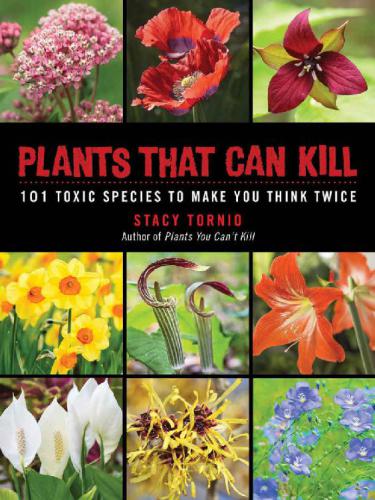

Most ebook files are in PDF format, so you can easily read them using various software such as Foxit Reader or directly on the Google Chrome browser.
Some ebook files are released by publishers in other formats such as .awz, .mobi, .epub, .fb2, etc. You may need to install specific software to read these formats on mobile/PC, such as Calibre.
Please read the tutorial at this link: https://ebookbell.com/faq
We offer FREE conversion to the popular formats you request; however, this may take some time. Therefore, right after payment, please email us, and we will try to provide the service as quickly as possible.
For some exceptional file formats or broken links (if any), please refrain from opening any disputes. Instead, email us first, and we will try to assist within a maximum of 6 hours.
EbookBell Team

4.8
44 reviewsFollowing the success of Plants You Can’t Kill, Tornio now takes a look at those plants that can actually kill you if you’re not careful. This book will offer up information to gardening enthusiasts of all levels about common plants that are toxic, poisonous, and even deadly. While the level of toxicity varies from each plant, all are considered deadly in one way or another to wild animals, family pets, and even humans.
With its colorful, easy-to-read format, Plants That Can’t Kill will introduce readers to what these plants look like, smell like, feel like, and sometimes even taste like. Fun facts, interesting tidbits, and history will combine to teach gardeners where these types of plants can be found, how poisonous each one is, and whether these plants are still okay to have in their gardens or if they should be gotten rid of immediately.
Plants featured include many common and attractive species you may receive in bouquets or even decorate your homes with, including daffodils, irises, tulips, jasmine, witch hazel, mistletoe, poinsettias, buttercups, marigolds, and even fruits and vegetables like cherries, rhubarb, and some tomatoes.